The kettlebell is such a handy free weight to use – all you need is one and you can use it for many variations in your workout. I personally have used kettlebells before and I quite enjoy incorporating them into my training routine. See buying guide and reviews of kettlebells in Australia.
In this article, I will share 17 amazing benefits of kettlebells so you know how good they are.
But knowing how kettlebells benefit you is not enough, so I will also guide you through how to use a kettlebell properly followed by some alternatives you can use in place of kettlebells.
Benefits of Using Kettlebells in Your Fitness Routine
There are so many benefits to using kettlebells in your workout session that I cannot possibly complete the list in this article. I hope 17 benefits would be enough to show you how good they are!
In general, kettlebells are good for speed and endurance training, strength training, power and body conditioning, as well as improving balance and flexibility.
Since there are so many benefits to using kettlebells, you can click on the links below to jump to a specific kettlebell benefit you would like to know more about.
- Good for Cardiovascular Health
- Space Saving & Easy Storage
- Promote Balance
- Promote Coordination
- Improve Grip Strength
- Improve Joint Health
- Easy to Use
- Plenty of Workout Variations
- Improve Posture
- Build Muscle Mass
- Improve Range of Motion
- Encourage Fat Burning
- Good for Muscle Imbalance
- Good for Speed Training
- Improve Strength and Power
- Good for Warm Up
- Save Training Time
Good for Cardiovascular Health
Kettlebells are great for cardio training. A study from the Journal of the International Society of Sports Nutrition finds that high-intensity kettlebell exercises can improve cardiovascular fitness and aerobic capacity by increasing heart rate.
Kettlebell exercises can be tweaked to provide full-body workouts. For example, increasing the number of reps can make you work on cardiovascular endurance training, which is a great cardio alternative to using the treadmill.
Very much like other cardio workouts, kettlebell movements work the entire body.
Space Saving & Easy Storage
Being such a compact free weight, the kettlebell is definitely space-saving. You can easily store it anywhere in your home – leave it sitting in the corner of your room if you like.
It would not take up as much space as other gym equipment, like the treadmill or a rowing machine.
Promote Balance
When training with a kettlebell, you inevitably will have to balance yourself. Your muscles will work together to stabilise you as you perform the movement.
Your core muscles will strengthen over time, coupled with stabiliser muscles as you progress with kettlebell training.
An interesting finding from a study shows that ballerinas who did kettlebell training displayed improved balance and jump performance as compared to their counterparts who did other forms of balance training.

Promote Coordination
Besides promoting balance, working with kettlebells also promote coordination. Kettlebell exercises are mostly dynamic movements, which means you will move more and not isolate the exercise on one small muscle.
Taking swinging kettlebell exercises, for example, would consist of you moving the weight around you (side to side, above you, and between your legs).
This assists in promoting coordination between your mind and body as you need to be aware of your entire body and control the momentum of moving the kettlebell.
Improve Grip Strength
Due to the design of the kettlebell, you will need to grip it well in order to use it well. This automatically trains your grip strength and improves it over time. Grip strength is important as it is an indicator of your overall health.
According to the Journal of Strength and Conditioning Research, grip strength is an indicator of muscle endurance and overall strength.
Improve Joint Health
Other than strengthening the muscles, another kettlebell benefit is that it helps in improving joint health.
As the muscles surrounding the joints get stronger, the tendons and ligaments get more stable too, which makes them less prone to injuries.
That being said, you should always consult with your physician before starting kettlebell exercises, especially for those with joint problems like arthritis.
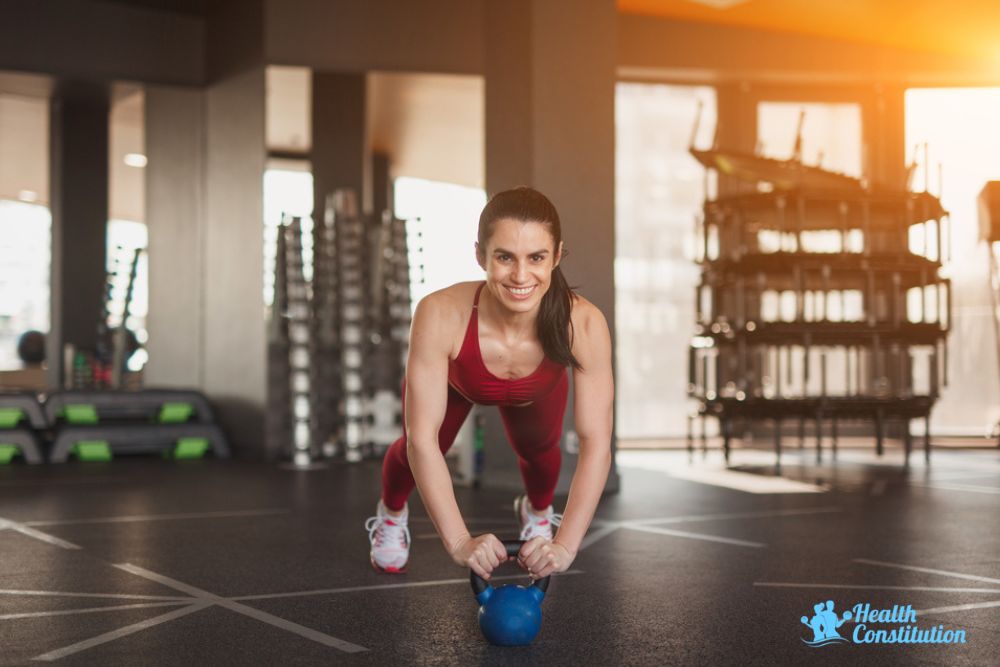
Easy to Use
One kettlebell is all you need for a full-body workout. There is no need for fancy equipment.
Even though it may take someone a while to practice and master some movements, it will not the person long to start using the kettlebell for basic movements. Proper progression is key to successful training.
A study concluded that using a lighter-weight kettlebell (8kg) for kettlebell swings has a similar effect to lifting heavier weights like deadlifts (more than 24kg).
Using a small kettlebell is more convenient and easier to use than doing deadlifts with heavy weights.
Plenty of Workout Variations
There are so many kettlebell exercise variations suitable for beginners to the advanced as well as catering to different goals in mind.
Whether you are after losing weight, building strength or improving endurance, this compact free weight exercise can be varied for your goal.
Improve Posture
With stronger core and stabiliser muscles, you will find that your posture gets better over time. Those who work in the traditional 9-5 office job, like me, tend to have poor posture, such as having a hunched back.
Using the kettlebell regularly can strengthen weak back muscles, which are used to support your spine.
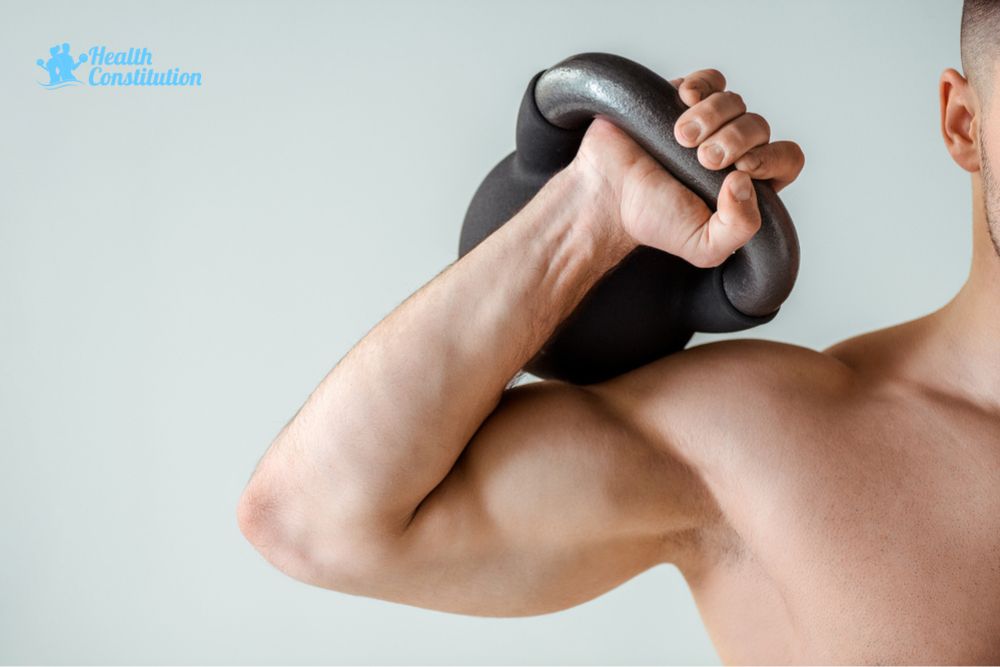
Build Muscle Mass
People who regularly train with kettlebells tend to look strong and muscular. This is because kettlebell exercises activated the muscles for performance, promoting muscle growth and power.
Nonetheless, you will not have massive bulging muscles like a bodybuilder. This is because the type of training is different.
Kettlebell training builds lean muscle mass instead of promoting hypertrophy for bodybuilding purposes.
Improve Range of Motion
Since kettlebell workouts are dynamic, you will naturally move through different ranges of motions while doing the exercises from movement to movement.
As you progress with regular training, you will have better flexibility and an improved range of motion.
Encourage Fat Burning
One of the popular kettlebell training benefits is that kettlebell exercises engage a lot of your muscles at the same time. That results in calorie burn, which encourages fat loss.
If your goal is to lose weight, doing kettlebell HIIT exercises can burn a lot of calories. Another advantage of using the kettlebell for fat loss is that you will not lose muscles – perfect for toning.
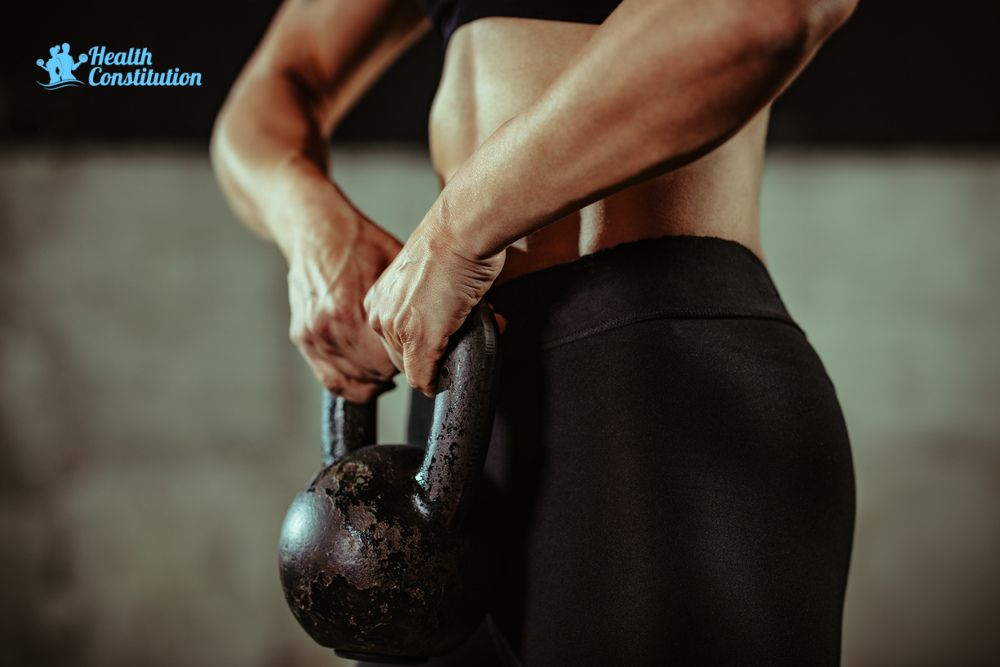
Good for Muscle Imbalance
Most people tend to be stronger on one side of the body. This is totally normal. Taking myself, for example, I am generally slightly stronger on my right side.
However, I had surgery done on my left arm and I had to let it rest for a whole month so I lost some muscle mass and it became very weak. My muscles became imbalanced when I recovered.
Doing kettlebell movements like the single-arm kettlebell press with the correct form helped me regain my strength and muscles.
Good for Speed Training
Kettlebells are great for improving speed and agility. In fact, many runners train with kettlebells not just for body conditioning but also to improve speed.
Improve Strength and Power
Kettlebell workouts consist of explosive movements, like jumps so you can improve power from those movements. Like any free weights, you will improve your strength by training with kettlebells.
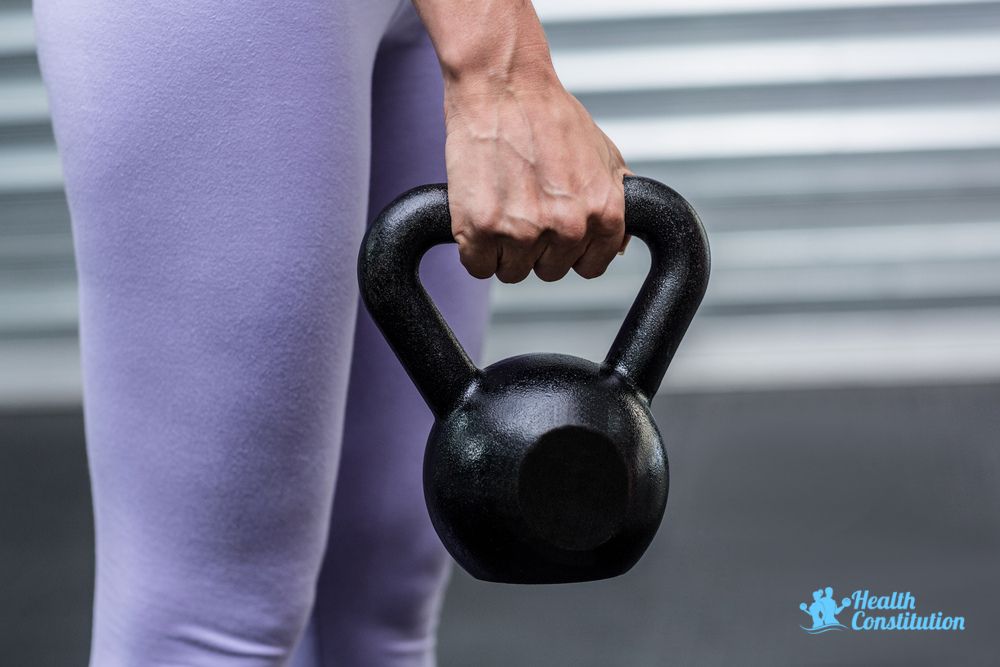
Good for Warm Up
After basic body warm-ups, warming up with a kettlebell is good for preparing the specific joints and muscles that you are going to use in your workout.
An example of a warm-up movement with a kettlebell is doing goblet squats to prepare for challenging movements like barbell squats.
Save Training Time
Since kettlebell exercises tend to be quite intense, you do not have to spend hours in the gym to reach your goal.
A 20 minutes kettlebell workout twice a week would be good. You can of course adjust the length, intensity and regularity of the training.
A busy person would definitely benefit from incorporating kettlebell exercise into their workout routine.
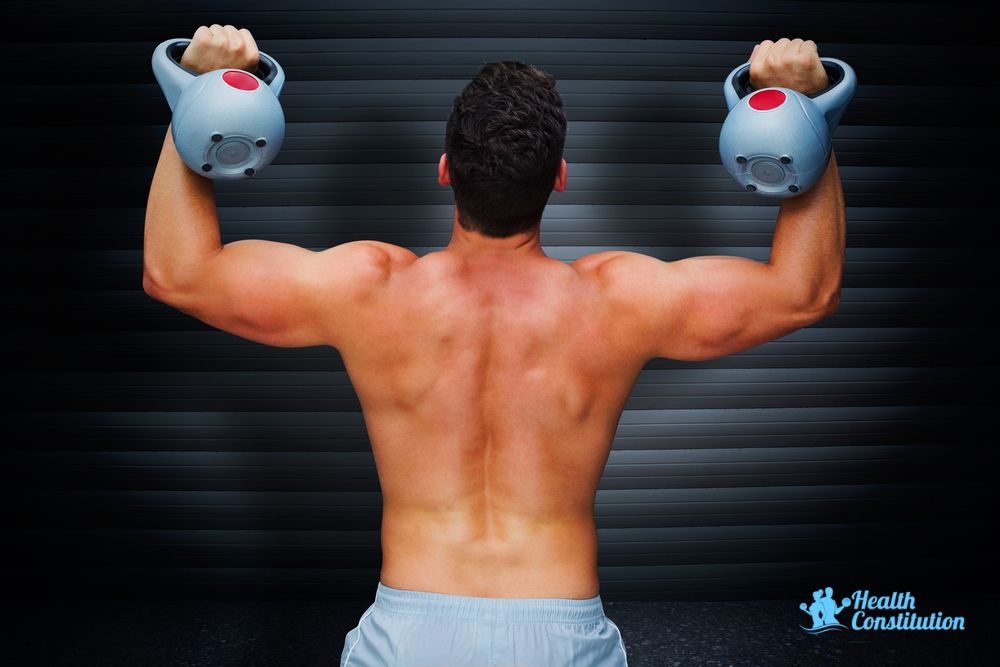
Now that you understand the benefits of kettlebells, it is important that you should know how to use a kettlebell properly to minimise the risk of injury during exercise.
How to Use a Kettlebell Properly
Follow along as I share how to pick a suitable kettlebell weight for your exercise, common mistakes to avoid and proper forms to take for some kettlebell exercises.
How to Pick a Suitable Kettlebell Weight for Your Exercise
It is a free weight for training so kettlebells come in a variety of weights and sizes. Often, people are unaware of a suitable kettlebell weight for themselves. They will either use a kettlebell that is too heavy or too light.
Using a weight that is too heavy can increase the risk of injury and impact the performance of the training.
Likewise, if you are using a weight that is too light, there simply is not enough resistance to properly train your muscles to be stronger.
Below is a simple table I made as a guide:
| User | Recommended Kettlebell Weight |
| Man | Start with 8kg to 16kg |
| Woman | Start with 6kg to 12kg |
In general, you will need to use a heavier kettlebell for two-handed exercises like the two-hand swing.
Once you have mastered the proper forms and basics of using a kettlebell, you can gradually progress to one-hand exercises or use heavier weights.
As a guide, you would want to use a kettlebell that you can lift for at least 5 reps. Once you are able to do higher reps easily with that weight, you can try progressing to a slightly heavier weight.
Note: Always proceed with caution when working with free weights to avoid injuring yourself during training.

3 Common Mistakes to Avoid
While it is normal to make mistakes as a beginner for any training, you will want to try and avoid committing these 3 mistakes. Trust me, your body will thank you.
1. Wearing the wrong type of shoes
One should know that running shoes are different from training shoes. They are designed for different purposes so you should swap your running shoes for training shoes when lifting kettlebells.
Running shoes have thicker cushioning and are designed for heel-to-toe movements. Meanwhile, training shoes have thinner cushioning and are designed for multidirectional movements.
Training shoes will give you more stability when you lift weights as compared to forward-going running shoes.

2. Doing kettlebell exercises that are too advanced
When you have not mastered the basic movements of carrying out an advanced kettlebell exercise, you will risk injuring your lower back.
Many people, including myself, when I was a beginner, tend to have this self-confidence thinking the exercise looks easy enough to execute.
When in fact, it takes time to practice and master the basics before you can actually properly do the advanced exercise.
A classic example is the kettlebell swing. It is such a popular exercise and most thought how hard could the exercise be by swinging a weight.
Little did they know that the muscles used to perform a kettlebell swing need to be prepped and primed, making sure they are able to master the deadlift exercise first.
A newbie who cannot do the deadlift properly will risk injuring their back when doing the kettlebell swing as the targeted muscles are not ready for the exercise.
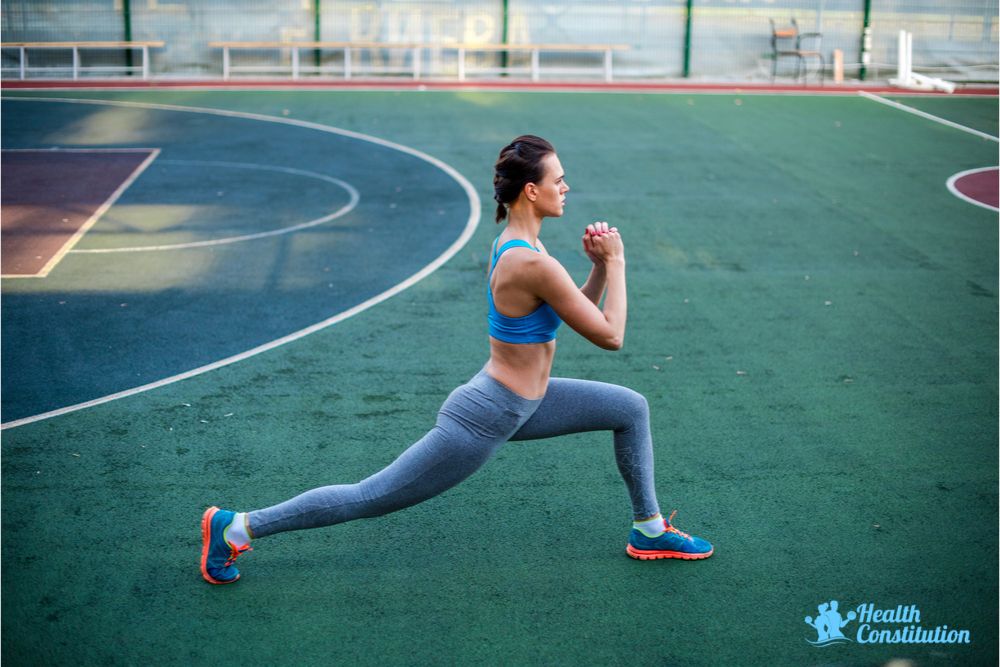
3. Improper elbow position during exercise
When holding the kettlebell, your elbows should be compact, as in close to the chest, not winging out.
Winged-out elbows strain the shoulder joints, which is something you do not want to experience.
Your shoulder will tend to get fatigued very quickly as you exercise. The next thing you will realise is that your arms will begin to give up holding the weight.
Speaking of personal experience here! I learned it the hard way so I now remember to always keep my elbows tucked whenever I am using the kettlebell or dumbbell for exercises that require the weight to be close to the chest.
There are more common mistakes that you should try to avoid when doing kettlebell exercises but I do not want to load you up with too many.
I believe noting these 3 points should help you minimise some of the common injury risks.
Next, I will share a list of kettlebell exercises you can work on as a beginner.

List of Kettlebell Exercises for Beginners
For the purpose of this post, I will not share in detail the kettlebell exercises you can do. It will be in another post with more information.
For now, here are 5 workouts you can practice with your kettlebell.
- Single Arm Deadlift
- First, stand with your feet should-width apart, and have the kettlebell in front of you on the floor.
- Maintain a neutral spine, and hinge over to grab the kettlebell with your right hand.
- The left arm should be straight and close to the side of your body.
- Use your core and glute muscles to drive your hip up by doing the hip hinge.
- Repeat the reps and switch hands.
- Goblet Squats
- Feet shoulder-width apart, hold the kettlebell with two hands on the sides of the handle and close to your chest.
- Begin squats, maintaining a neutral spine.
- Kettlebell Good Morning
It is better to watch a video on how to perform a kettlebell good morning. Watch this:
- Kettlebell Halo
- Grab the kettlebell on the sides of the handle with both hands, keeping the kettlebell in front of your chest.
- Move the kettlebell to the side of your head and back circling back to the front in the starting position.
- Repeat the action by circling the other way.
- Kettlebell Slingshot
- Hold the kettlebell with your right hand closer to one side of the handle.
- Bring the kettlebell to the back and grab the empty side of the handle with your left hand.
- Repeat 10 times before switching directions.
- Keep hips square, maintain a straight back, and do not swing the kettlebell too far out from the body.
Bottom Line
With many fitness equipment options out there in the market, it can be confusing to know which ones are suitable for your needs.
I think kettlebells are a great option for a beginner since the training can be catered to a variety of needs while providing a long list of benefits.
If you are not feeling kettlebells, check out the section below for alternatives to kettlebells. They provide similar benefits with a slight difference in terms of features.
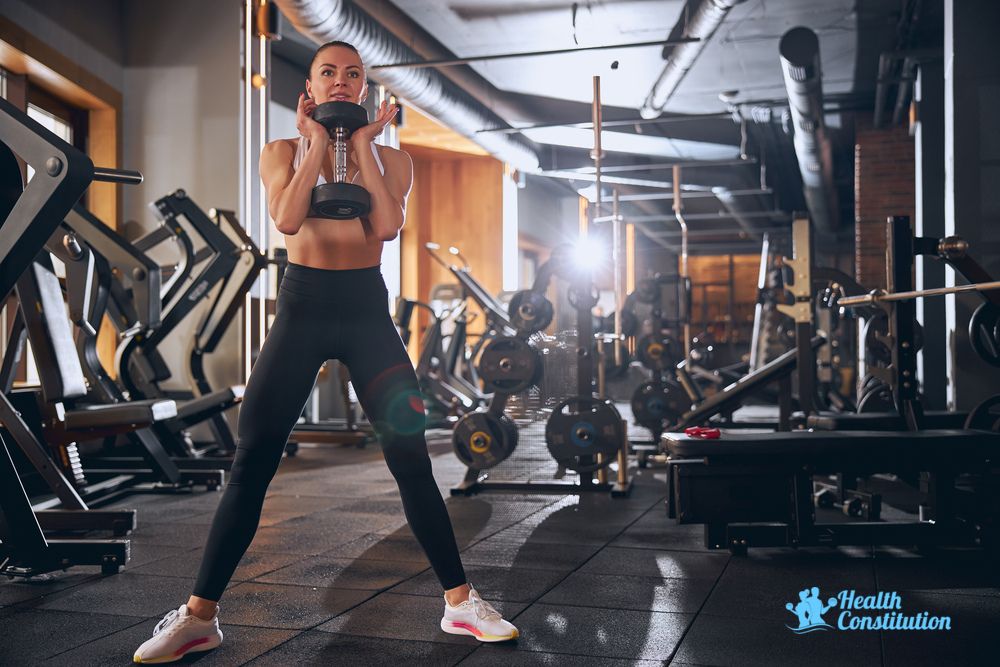
Alternatives to Kettlebells
1. Dumbbells
Even though kettlebells are used mostly for swinging motion exercises, dumbbells can easily be used in place of kettlebells if you have a set of dumbbells lying around your home.
Some of the routines you can do with dumbbells as an alternative to kettlebells are:
- Dumbbell Swing
- Hip Thrust
- Dumbbell Goblet Squat
Did you know you don’t have to buy a whole set of dumbbells of different weights? You can get a pair of adjustable dumbbells to save space while looking cool. Check out the article where we shortlisted and breakdown the best adjustable dumbbells in Australia.
2. Weight Plates
Weight plates can be used to replicate kettlebell swings. They are amazing for working on strength and explosive power work for muscles.
Using weight plates in replacement of kettlebells can strengthen the core while firing up the upper and lower body.
3. Medicine Ball
Being a weighted ball, the movement you will do using it will be slightly different from using a kettlebell. However, it is much more affordable and will still assist in core and power training.
Below are some commonly asked questions about kettlebells that you might be interested in:

FAQs on Kettlebells
Are kettlebells effective?
Kettlebells are effective for strength training, increasing flexibility and cardiovascular training. This free weight may look small but its shape and size are the added advantages to it being effective. Being compact allows it to be versatile for catering to many different movements for different goals.
Can you get toned with kettlebells?
Using kettlebells can help tone the body by promoting lean muscles and burning calories. There are many kettlebell exercises that offer full-body workouts. Full-body workouts are great for muscle toning, building strength and losing weight.
What do kettlebells do to your body?
After a while of doing kettlebells exercise, you will see and feel that your body is stronger, your balance has improved, your range of motion increased, having a stronger core, seeing muscles while getting leaner. You will notice that you feel better physically and that your fitness level has improved.
How long does it take to see results from kettlebells?
Depending on the intensity and frequency of your training, generally, it takes about 4-6 weeks to see the results of your kettlebell training.
Is it ok to do kettlebells every day?
You can do kettlebell exercise every day if you are able to recover from your training fast enough. It is also important to control the intensity so that you do not overwork your body.
- Who Should (and Shouldn’t) Take Probiotics? - 16 November 2024
- How to Choose the Right Probiotic - 16 November 2024
- Prebiotics vs Probiotics: The Dynamic Duo of Gut Health - 16 November 2024
